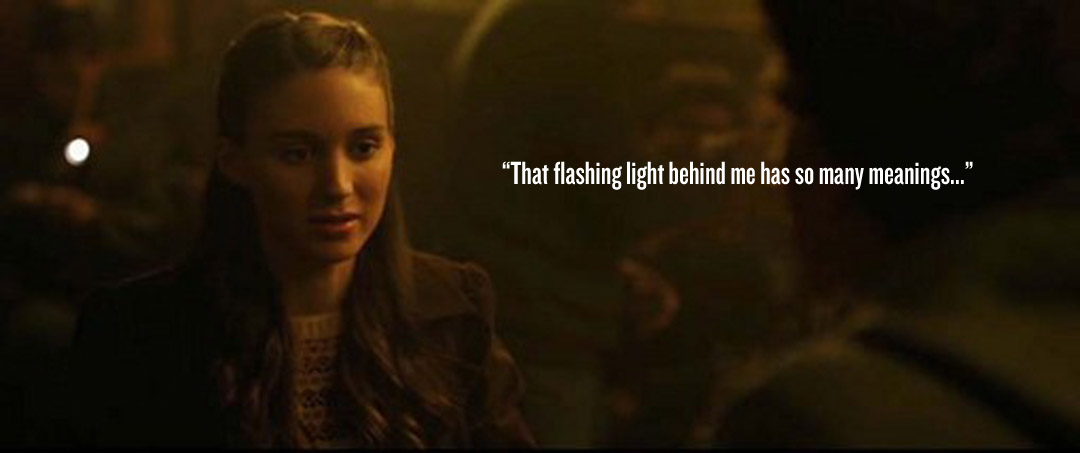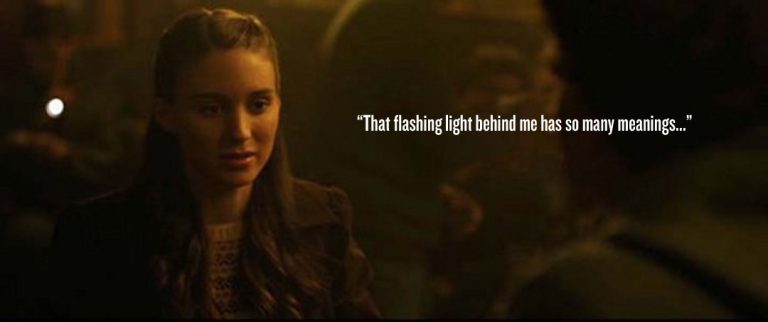Just as I was beginning to heal from The Social Network’s outrageous loss of the Best Picture trophy to the craptastic The King’s Speech comes this amazing story I found on Kottke about the rich cinematography used in the The Social Network. It’s quite likely that I would have never noticed the subliminal details that Fincher incorporated into so many shots had it not been for Jim Emerson, the person responsible for writing this fascinating article. Turns out that scene after scene is filled with subtle visual references to the new shifty nature of public vs. private, the eternal documentation and preservation of our lives, and even the more sinister “Big Brother” notion of surveillance. Here’s an excerpt:
This sense of a private/public self is reinforced in nearly every scene, with the presence of a video camera (during the depositions), laptops and monitors, or other frames within frames (screens, windows, doorways, stairways, hallways) through which we can see other people going about their lives, doing whatever they’re doing. (The extras and bit players had a lot of work in this movie.) And then there’s the guy in the white shirt who sits there behind the Winkelvii’s lawyer. He turns out to be the videographer, and he gets one big moment when the attorneys call “lunch” and he leaps up to turn off the camera and the monitor. We’re always reminded that what we’re seeing is being documented. Even the documentation is being documented: the affidavits that have already been filed, the e-mails and texts that were sent, the blog entries, the Harvard Crimson articles entered into evidence… Whenever Mark tries to claim he doesn’t remember what he may or may not have said to Erica or the Winkelvii (Armie Hammer), there’s always something there to remind him — often in words he typed and electronically transmitted himself.
If you loved The Social Network as much as I did then you’ll devour this article. The film is an incredible cinematic achievement and will serve as not just a model of stellar filmmaking, but perhaps more ominously, as a warning of where our world and our lives are headed if we continue to be this “social”. You can read the FULL ARTICLE HERE, and for more great finds like this one be sure to visit Kottke.




Source: Kottke


